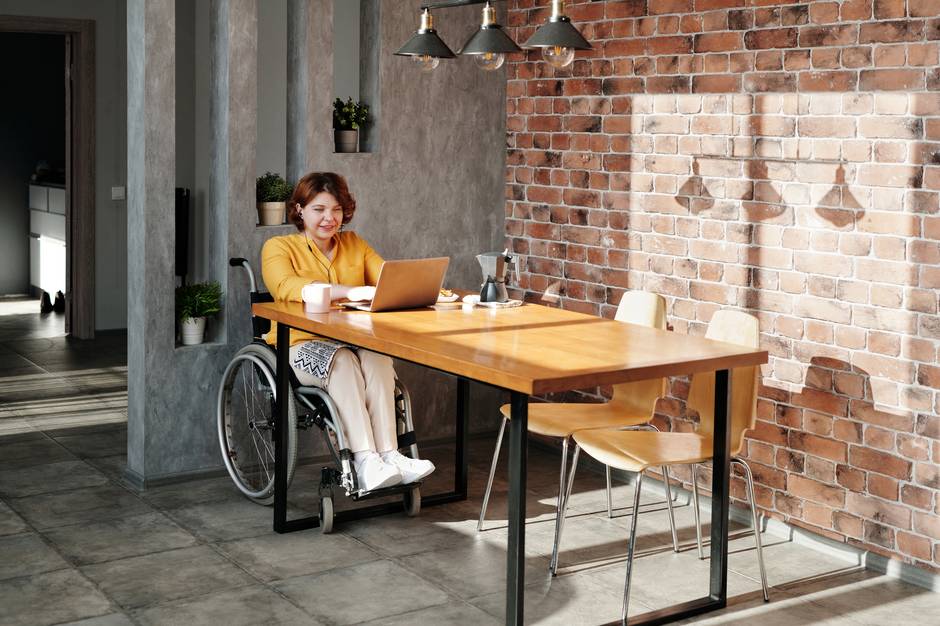According to the CDC, 26% of adults live with a disability. The highest percentage is in the South. However, a disability can affect any age, anywhere, and at any time.
If you’re facing piling bills and can’t work because of an injury, there’s something you can do.
Keep reading to learn more about going on disability as we look at the five things you need to know first.
1. You Receive Credit for Time Worked
The credit you receive for the money you’ve earned in wages varies by year.
Depending on your age, you will need a different amount of credits to qualify for social security disability. The general rule is you can earn up to four credits per year and will need roughly forty credits.
2. Review Steps to Qualify
The SSA will follow steps to determine if you qualify for going on disability. The process will review your condition and work skills. The main questions will be:
- Are you working?
- How severe is your condition?
- Is your disability listed in medical conditions?
- Can you continue your work?
- Is there another line of work you can do?
They’ll review your conditions, age, work experience, and transferable skills. If they find there’s no way you can work, they’ll determine you to be disabled. Your claim will be denied if you can work.
3. Benefits for Disabled Widows, Widowers, and Children
Widows and widowers are eligible for benefits under certain conditions.
If your spouse was the one working, you’re 50-60 years old, their medical condition qualifies for disability, and your disability started within seven years of their spouse’s death then you meet the criteria.
4. Short-Term Disabilities Don’t Qualify
There are no benefits for partial or short-term disability. Social Security programs assume working families can receive support from other resources.
Workers’ compensation and insurance are common assistance types in these times. Children can receive benefits from their parent’s policy, including disabled adults under 22 if a parent is deceased.
5. Special Circumstances
There are situations when you may not meet the basic requirements but still qualify for disability. Special rules for the blind recognize its impact on your ability to work. Wounded warriors and veterans have their own rules as well.
Conditions Approved for Going on Disability
You could meet the requirements and not know. Some impairments are always approved for going on disability. The medical conditions listed below qualify automatically:
- Musculoskeletal Problems
- Respiratory Illnesses
- Blood Disorders
- Immune Disorders
- Cardiovascular Conditions
You can receive SSD for too many conditions to list. Learn more about social security disability benefits before filing your request. The more you know, the better prepared you’ll be for the process.
Enjoy Financial Relief
Now that you know these five things, you’re one step closer to financial relief. You can use this as a guide for going on disability. Soon, you’ll have the funding you need to pay your bills.
There’s more to happiness than money. You can explore our blog for trending topics and advice.

Leave a Reply